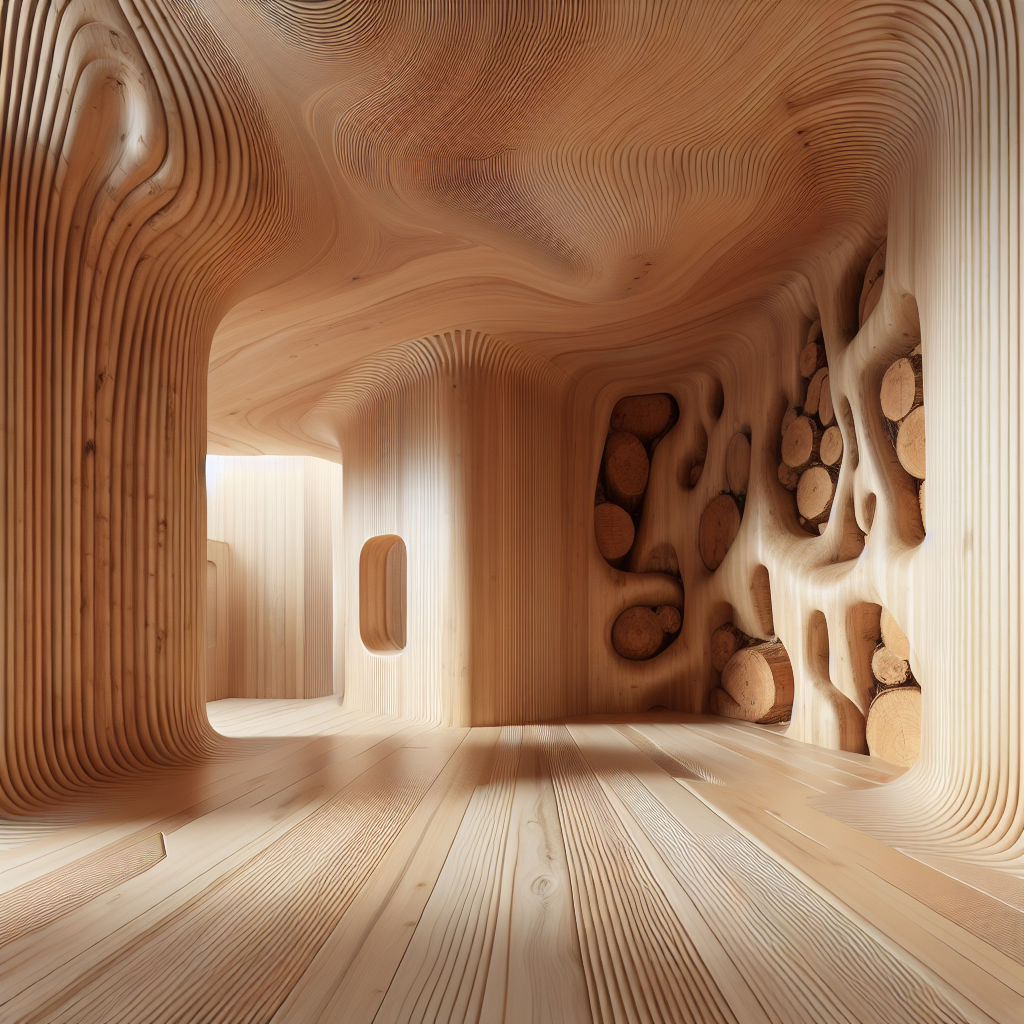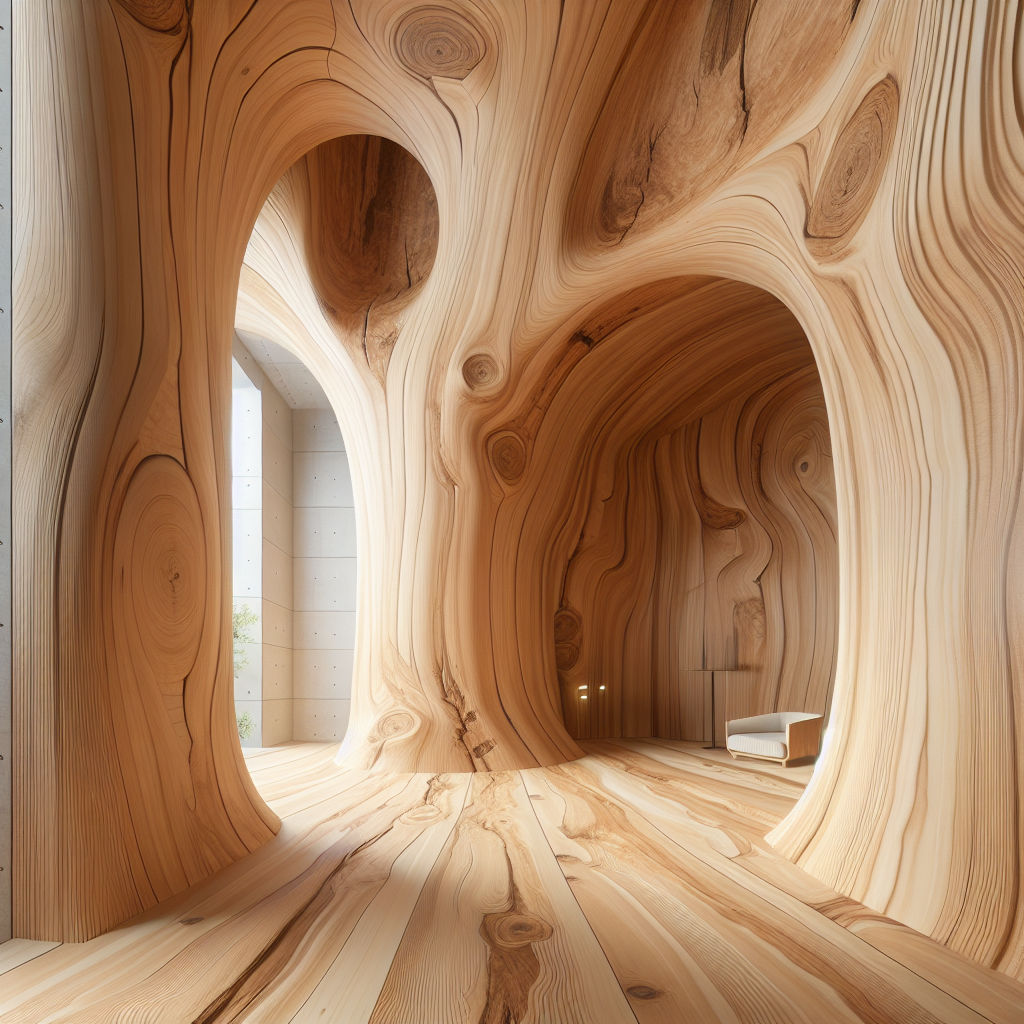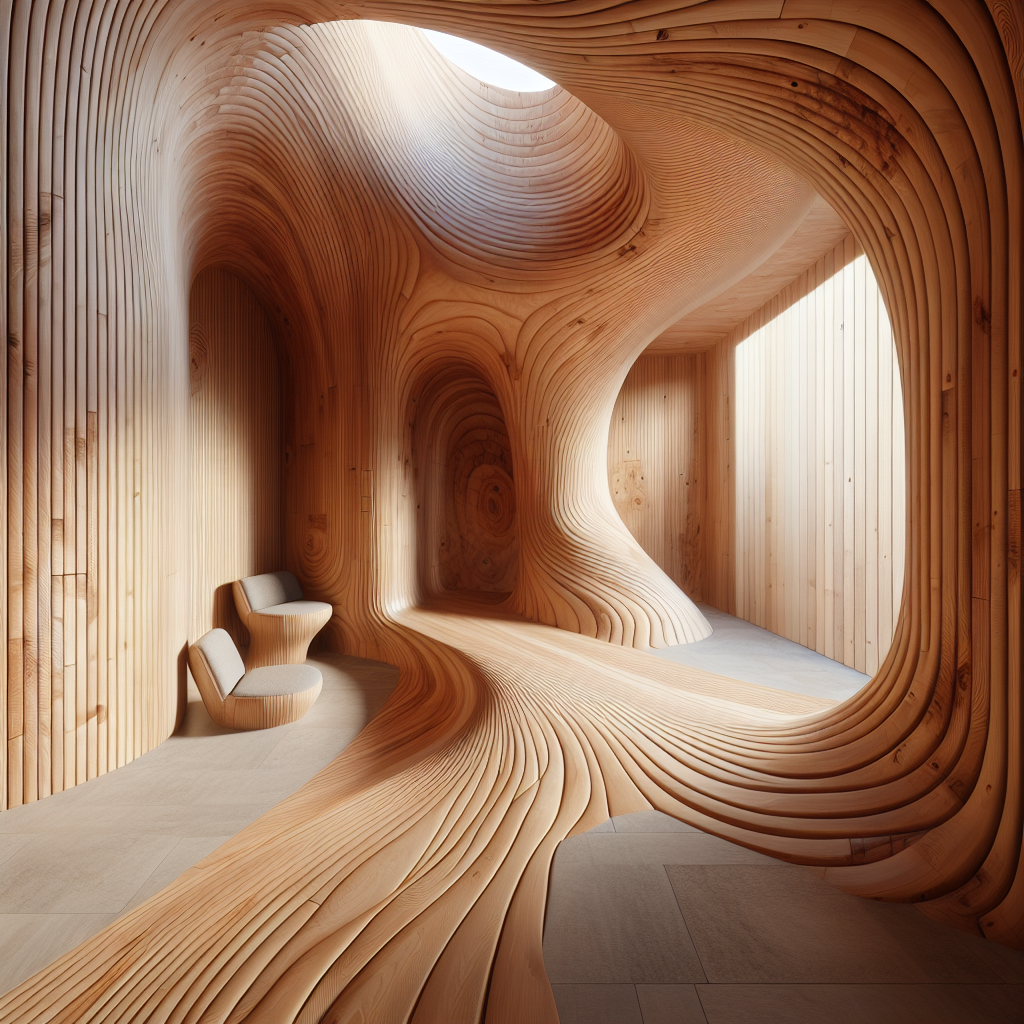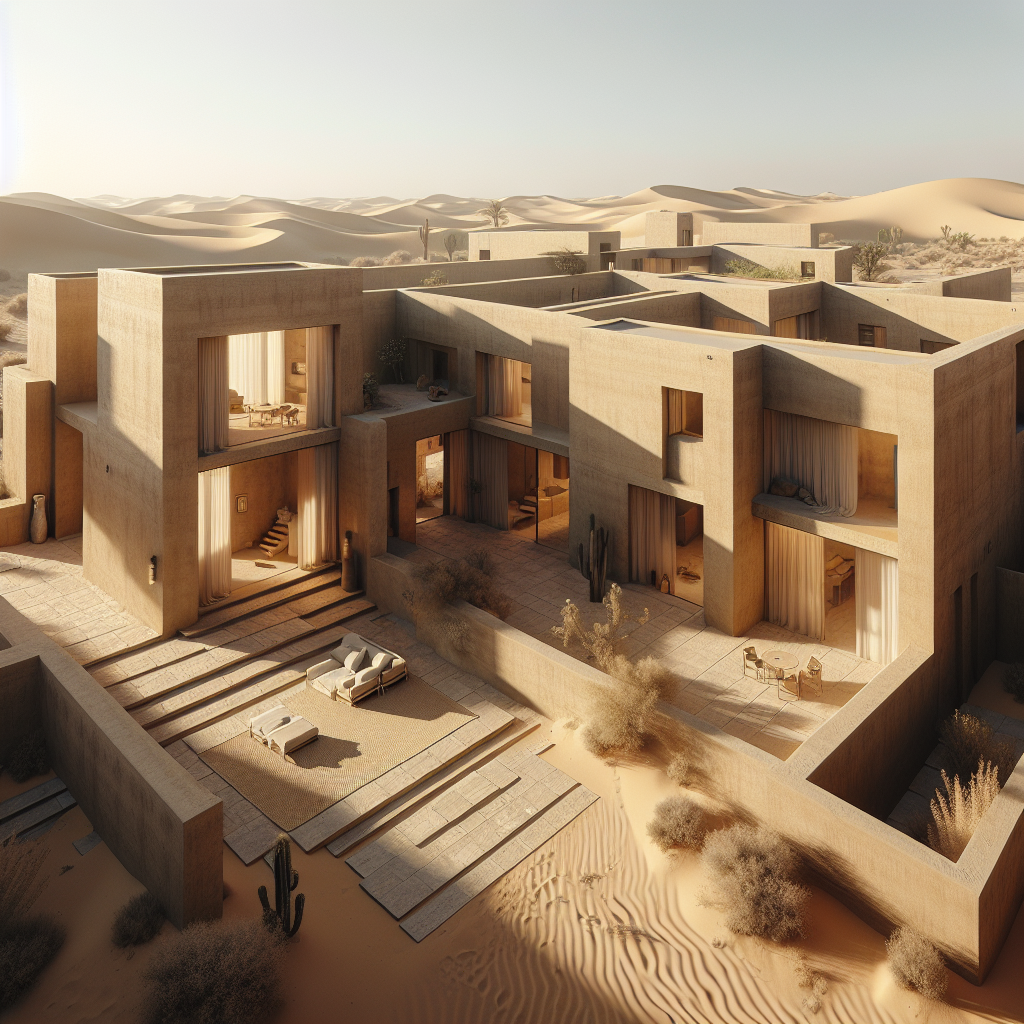Monolithic wood single: massive trunk shaped into entire rooms
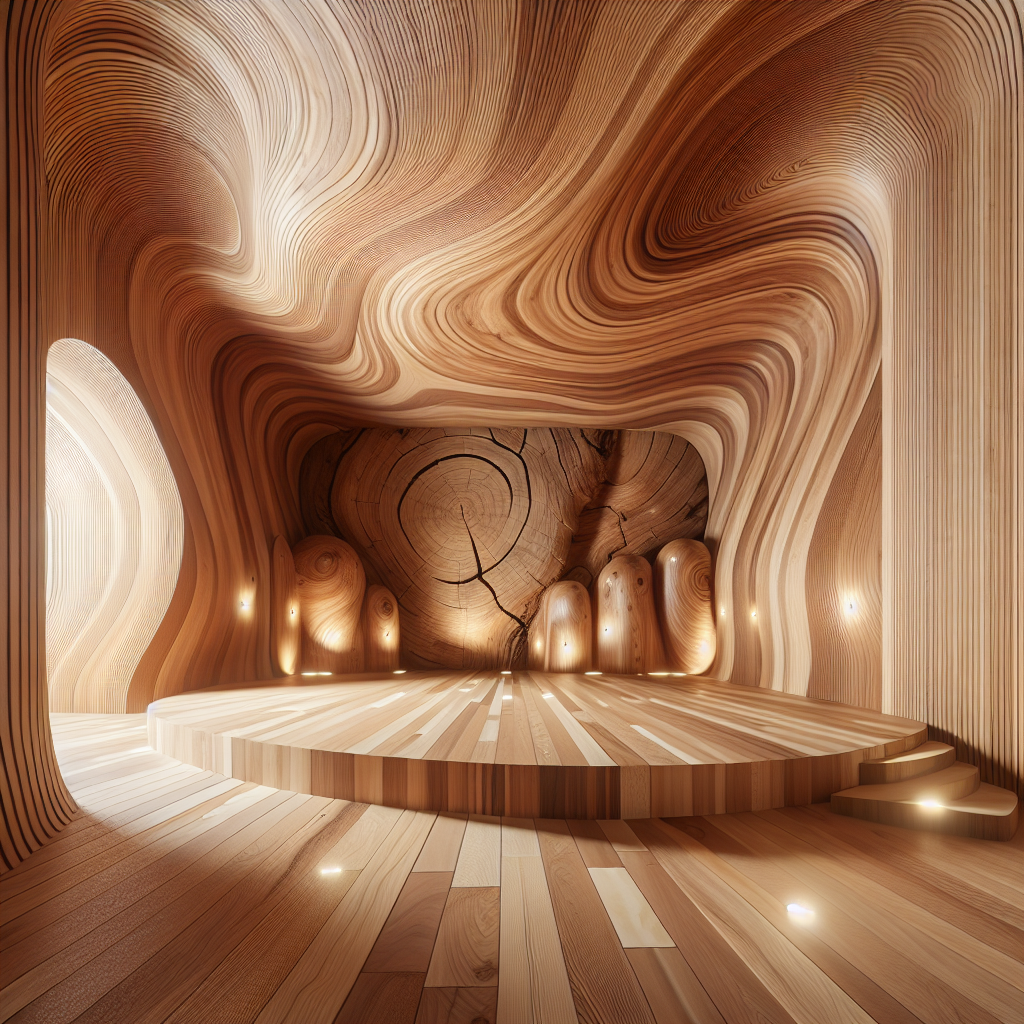
Monolithic Wood Single: Massive Trunk Shaped into Entire Rooms
In an era where sustainability and innovation intertwine seamlessly, architects and designers continually seek groundbreaking methods to redefine living spaces. Among the most captivating trends emerging today is the concept of monolithic wood singles—massive tree trunks meticulously carved into entire rooms, merging nature’s raw beauty with sophisticated architectural ingenuity. This avant-garde approach not only challenges conventional construction techniques but also offers an intimate connection to the natural world, redefining luxury through simplicity and authenticity.
Embracing the Essence of Monolithic Wood Architecture
The term “monolithic wood single” refers to structures crafted from a single, massive tree trunk, carved and hollowed out to form complete living spaces. Unlike traditional timber construction, which assembles multiple pieces of wood, this method emphasizes the integrity and uniqueness of a single organic form. Each structure becomes a testament to nature’s artistry, showcasing the tree’s age rings, textures, and imperfections, thereby embracing the wabi-sabi aesthetic that finds beauty in impermanence and imperfection.
This architectural approach not only delivers visually arresting spaces but also resonates deeply with the principles of biophilic design, enhancing human well-being by fostering a profound connection with nature. The tactile experience of living within a single, sculpted trunk provides inhabitants with a sense of tranquility and grounding rarely achievable through conventional building methods.
Crafting Spaces from Nature’s Giants: Techniques and Innovations
The creation of monolithic wood singles requires extraordinary craftsmanship, precision, and innovation. Architects and artisans collaborate closely, employing advanced digital fabrication technologies such as 3D scanning, CNC milling, and parametric design software to precisely carve and shape interiors from massive tree trunks. This blend of traditional woodworking skills and cutting-edge technology allows for unprecedented accuracy and complexity in design, enabling the creation of functional spaces that harmonize perfectly with the organic contours of the wood.
A remarkable example of this synergy between craftsmanship and technology is the pioneering work of Swiss architect Peter Zumthor, whose recent project in the Swiss Alps features rooms entirely carved from colossal spruce trunks. Each space within Zumthor’s retreat encapsulates the warmth and serenity of the surrounding forest, inviting occupants to immerse themselves fully in nature’s embrace.
Environmental Stewardship and Sustainability
Critically, the monolithic wood single approach aligns with contemporary environmental concerns, offering a sustainable alternative to conventional construction methods. By utilizing fallen or sustainably harvested trees, architects ensure minimal ecological impact, promoting responsible forestry practices and reducing waste. Furthermore, wood’s natural insulating properties contribute to energy efficiency, enhancing thermal comfort and reducing reliance on artificial heating and cooling systems.
Recent studies, including data from the Forest Stewardship Council, highlight the environmental benefits of wood construction, emphasizing its potential to significantly reduce carbon footprints compared to concrete or steel structures. Thus, monolithic wood singles not only celebrate nature’s beauty but also actively contribute to global sustainability efforts.
Case Study: The Cedar Sanctuary by Olson Kundig
Among the most compelling examples of monolithic wood architecture is the Cedar Sanctuary, designed by renowned architectural firm Olson Kundig. Nestled within the dense forests of the Pacific Northwest, this private retreat is carved entirely from a single, massive cedar trunk, creating a harmonious dialogue between architecture and landscape.
Inside, the sanctuary reveals a mesmerizing interplay of light and shadow, with natural daylight filtering through strategically placed apertures, illuminating the wood’s intricate grain patterns. The interior spaces, though compact, feel expansive and inviting, with smooth, organic walls that gently curve to embrace inhabitants. This innovative design exemplifies how monolithic wood singles can transform living spaces into immersive, sensory experiences deeply rooted in their natural context.
The Future of Monolithic Wood Singles in Urban Environments
While currently prevalent in rural or natural settings, the potential for monolithic wood singles extends intriguingly into urban environments. As cities worldwide strive for greater sustainability and biophilic integration, architects are exploring how massive carved trunks could serve as modular units within larger urban developments, offering residents intimate, nature-infused sanctuaries amidst bustling metropolitan life.
Visionary projects such as those inspired by the rise of timber in high-rise construction demonstrate how monolithic wood singles could be incorporated into vertical urban landscapes, providing unique residential or communal spaces that reconnect city dwellers with nature. This innovative approach promises to redefine urban living, merging sustainability, aesthetics, and human-centric design in unprecedented ways.
Challenges and Considerations
Despite its numerous advantages, the monolithic wood single approach presents several challenges that architects and designers must thoughtfully address. The sheer size and weight of massive tree trunks pose logistical difficulties in transportation and installation, necessitating meticulous planning and specialized equipment. Additionally, ensuring structural integrity and durability requires careful selection of wood species, precise engineering, and ongoing maintenance to protect against environmental factors such as moisture, pests, and decay.
Moreover, ethical considerations surrounding responsible forestry practices must remain paramount. Architects must collaborate closely with environmental organizations and forestry experts to ensure that sourcing massive trunks does not negatively impact ecosystems or biodiversity. By addressing these challenges proactively, the architectural community can responsibly advance this innovative approach, balancing creativity with ecological stewardship.
Conclusion: A New Paradigm in Architectural Expression
Monolithic wood singles represent a profound shift in architectural thinking, emphasizing authenticity, sustainability, and a deep reverence for nature’s inherent beauty. As architects and designers continue to explore and refine this innovative approach, we stand on the cusp of a new era in design—one that harmoniously blends tradition and technology, craftsmanship and innovation, human comfort and ecological responsibility.
By embracing the monolithic wood single, we not only redefine our built environments but also reconnect profoundly with the natural world, crafting spaces that inspire, nurture, and endure. This architectural evolution invites us to envision a future where design and nature coexist seamlessly, creating living spaces that resonate deeply with our collective desire for authenticity, sustainability, and beauty.
Further Reading and Exploration
For those intrigued by the intersection of sustainability and innovative architecture, consider exploring topics such as biodegradable architecture and zero-waste design principles. Additionally, the exploration of emerging technologies like 3D printing and parametric design can offer deeper insights into the future of architectural innovation.
As we continue to navigate the complexities of modern living, embracing approaches like monolithic wood singles allows us to reimagine our relationship with the built environment, fostering spaces that are as sustainable as they are inspiring.
